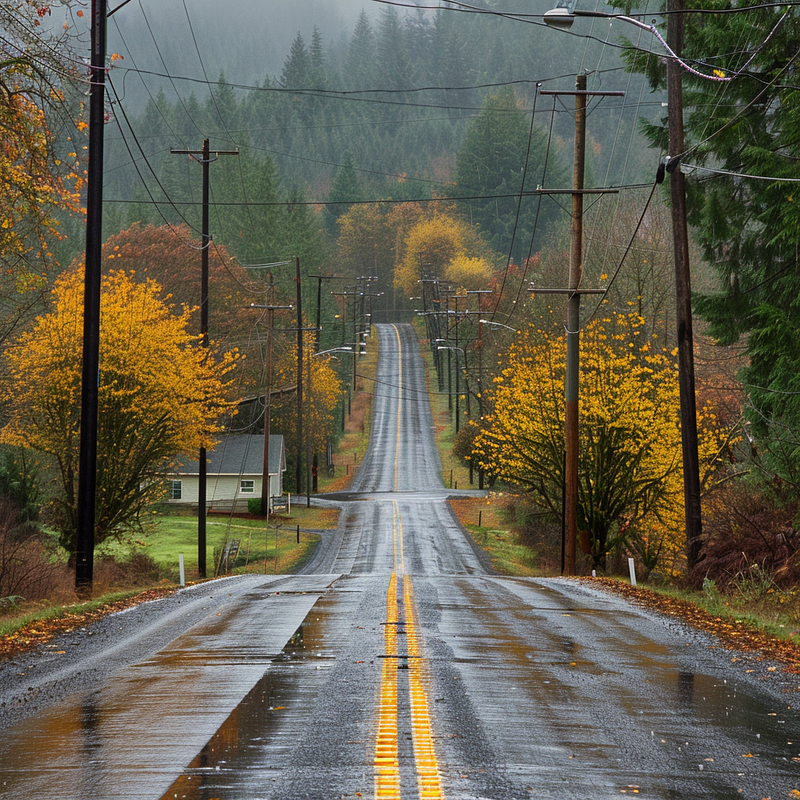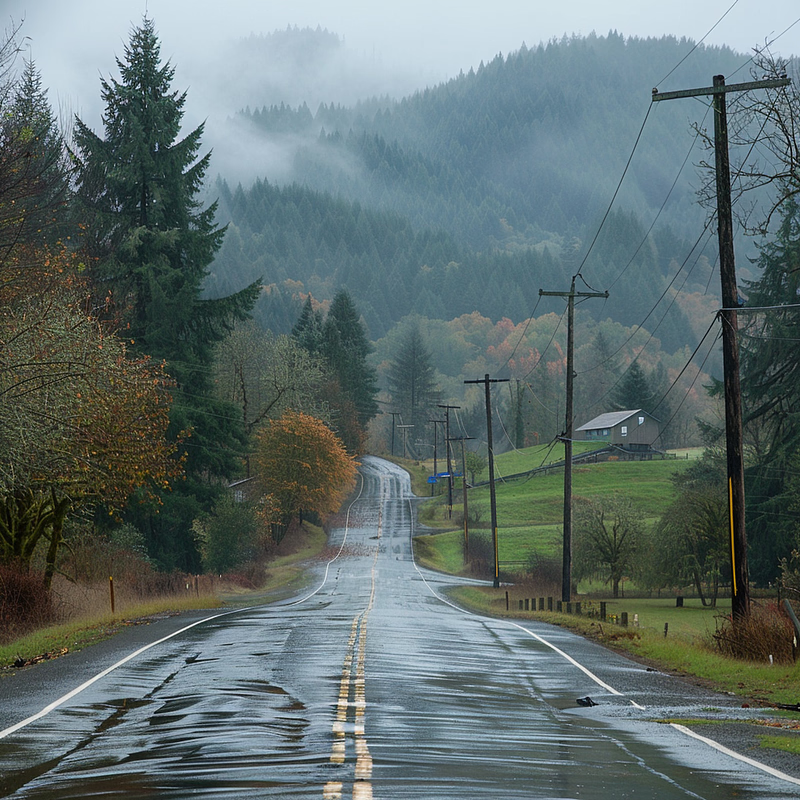Europe is full of cobblestone streets, historic cities, and big castles. But, many hidden European castles are not well-known. For those who love to explore off-the-beaten-path travel, find undiscovered historical sites, and go on a European castle road trip, Central and Eastern Europe is perfect.
Leaving famous places behind, you can find the beauty of Poland and Hungary. Imagine walking through old streets in Toruń or enjoying the vibe of Pécs. These places have amazing buildings, deep history, and not many people. This means you get a close and real travel experience.
Key Takeaways
- Europe is full of cobblestone streets, historic cities, and castles.
- Big cities like London, Rome, and Paris are often crowded with tourists.
- Lesser-known castles offer an off-the-beaten-path travel experience in Europe.
- Poland and Hungary have stunning undiscovered historical sites.
- Exploring these hidden gems can lead to a more genuine and unrushed journey.
Introduction to Hidden European Castles
Exploring unknown Europe can take you to stunning hidden sites. These castles are less known but magical. They show the continent’s history and cultures in a special way.
Why Explore Lesser-Known Castles?
Visiting these hidden places means avoiding the crowds. You get to see the past in a peaceful way. For example, France’s Normandy and Loire Valley have castles that feel like fairy tales.
Renting a car in France lets you see more. You can visit off-the-path sights and small villages. This makes your trip even more special.
Driving through Normandy and Brittany is magical. The roads are narrow and the views are beautiful. You’ll see Mont Saint Michel and D-Day beaches, which are not too crowded.
Staying in places like Hôtel Le Blason adds to the experience. It lets you connect with the local culture.
The Charm of Uncharted Territories
Uncharted territories have a unique charm. These sites are beautiful and full of history. Pernes-les-Fontaines in France feels like a fairy tale with its many fountains.
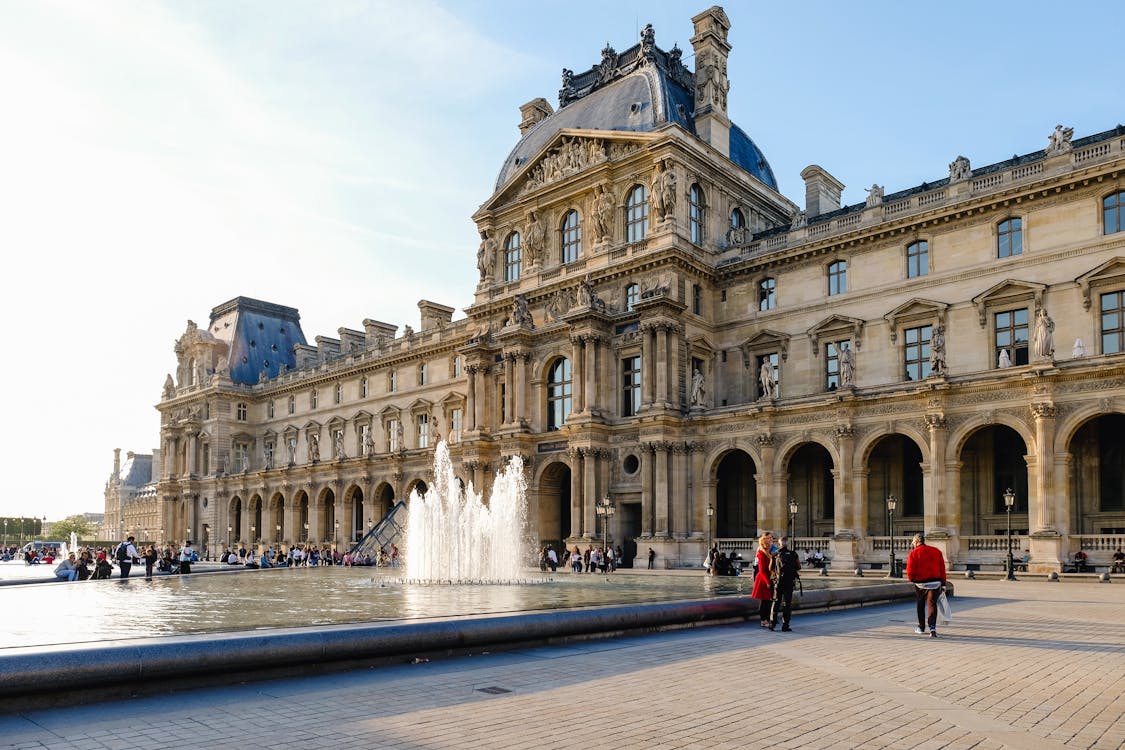
Carcassonne, France, has a huge medieval castle with 52 towers. It’s a sight to see.
Exploring these places is a personal adventure. The Swiss Alps and Italian Dolomites offer beauty and outdoor fun. These places give you a deep look into Europe’s history and culture.
| Location | Highlights | Accommodation |
|---|---|---|
| Normandy, France | Mont Saint Michel, D-Day Beaches, Monet’s gardens | Hôtel Le Blason, Hotel des Carmes |
| Loire Valley, France | Chateaux Chenonceau, Villandry, and d’Usse | Chambre d’Hôte, Hotel de Brunville |
| Pernes-les-Fontaines, France | Scenic fountains, storybook settings | Local guesthouses, picturesque stays |
| Carcassonne, France | Largest medieval castle with 52 towers | Nearby hotels and traditional inns |
| San Bartolomeo Al Mare, Italy | Enchanting coastal views | Warm and welcoming accommodations |
Majestic Malbork Castle, Poland
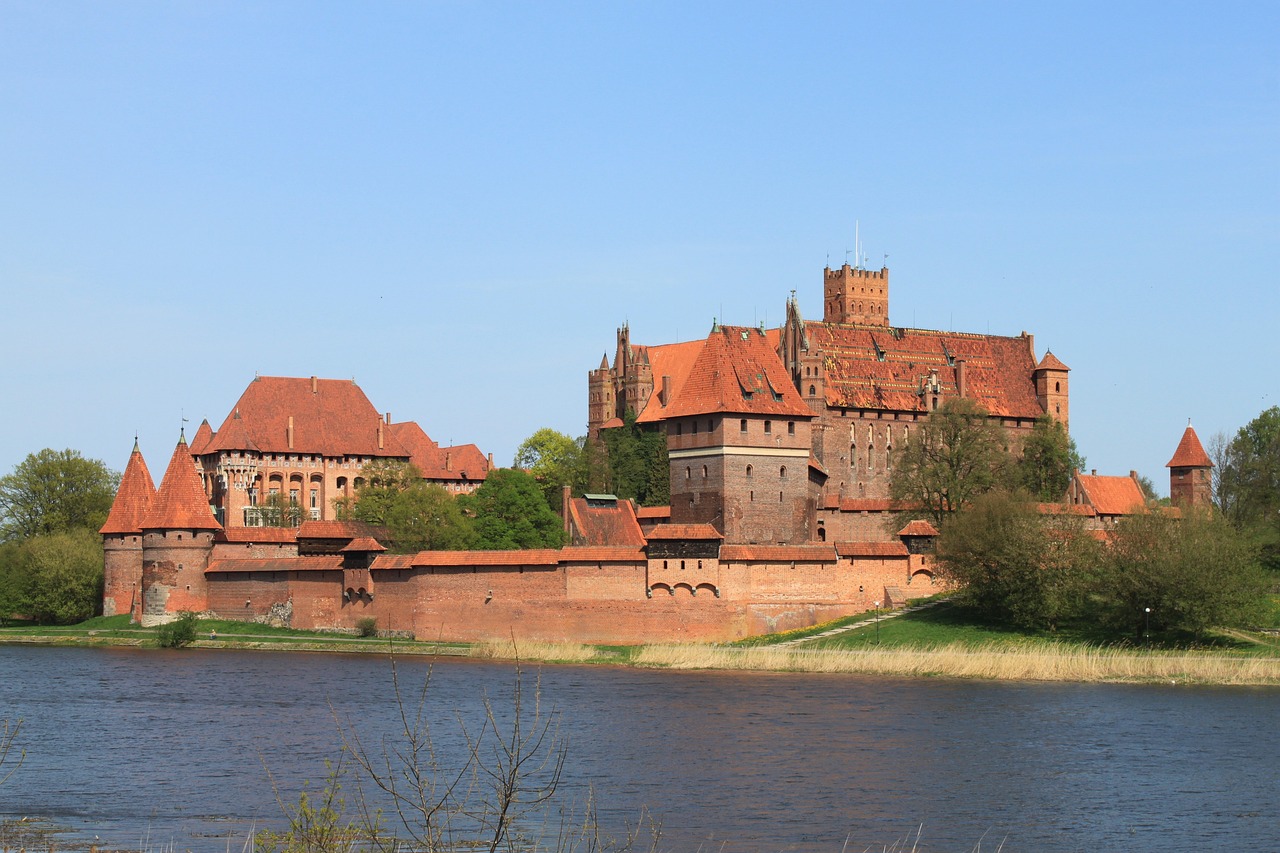
Malbork Castle in Poland was built by the Teutonic Knights in the 13th century. It is the world’s largest brick Gothic castle. It’s a hidden gem that mixes history with fantasy.
Historical Significance
The Teutonic Knights made Malbork Castle their home base. It’s in Poland’s Pomerania Province, by the Nogat River. The castle was a key spot for the Knights.
It was also a place of government. The castle shows off medieval innovation with its design. You can see the Grand Masters Palace and enjoy great views from the High Castle.
Visitor Experience
Going to Malbork Castle is a top thing to do in Poland. You should spend about 3.5 hours there to see everything:
- Audio guides in many languages give you history.
- Small group tours of up to 8 people.
- Falconry shows with amazing birds.
- Look at museum exhibits with old artifacts and more.
- See historical reenactments and falconry shows.
- Check out the Grand Masters Palace and the gardens.
- You can take photos and videos, but watch the rules.
- Enjoy local food at the on-site restaurant.
- There are easy ways to get there, like skip-the-line access and hotel pickup from Gdansk.
Malbork Castle’s history and design take you back to the Middle Ages. It’s a UNESCO World Heritage site. It shows off Poland’s culture and gives visitors memorable experiences.
Toruń’s Hidden Gems, Poland
Toruń is a small Polish city between Warsaw and Gdansk. It mixes medieval charm with a lively cultural scene. This city is a UNESCO World Heritage Site, known for its well-preserved medieval layout and beautiful brick buildings. It invites visitors with its mix of history and magic.
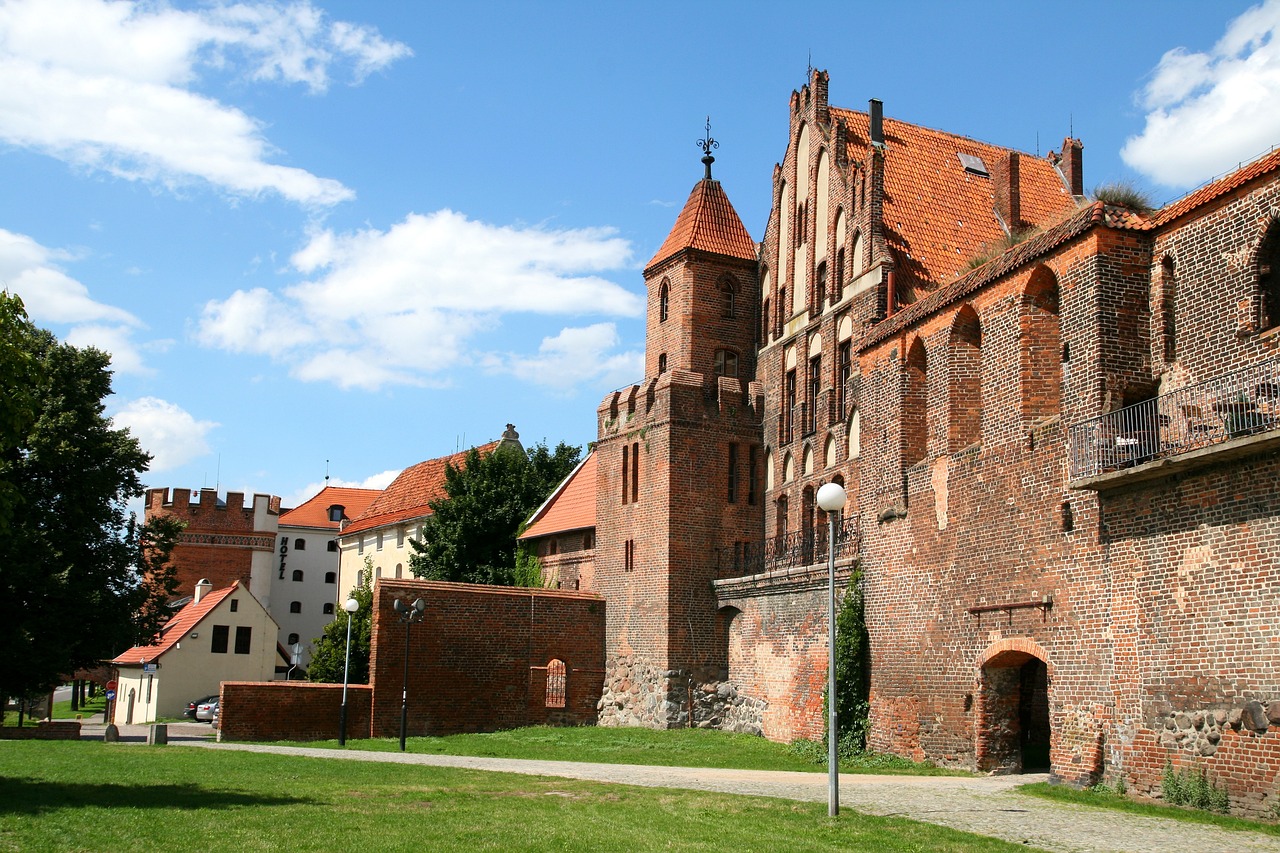
The town’s Medieval Charm
Start a medieval town exploration in Toruń’s Old Town. See the main square and the Leaning Tower to learn about its history. The town has many old Gothic buildings that survived World War II.
Climb the Old City Town Hall’s tower for great views. Try local treats at gingerbread shops. The town square is peaceful at night, showing Toruń’s mix of old and new.
Copernicus’ Legacy
Nicolaus Copernicus, the famous astronomer, changed how we see the universe. Toruń is where he was born and worked. Visit the Copernicus Monument and his birthplace to learn about his impact.
Local museums, like the Gingerbread Museum, offer fun and learning. They show Toruń’s rich culture and history. These places are more than just tourist spots; they’re full of knowledge.
| Attraction | Description |
|---|---|
| Leaning Tower | A medieval tower that leans significantly, providing a unique visual and historical experience. |
| Gingerbread Museum | Offers a hands-on experience in the art of traditional gingerbread making. |
| Old City Town Hall | Features a tower with panoramic views of the city, demonstrating Toruń’s architectural beauty. |
| Centre of Contemporary Arts (CSW) | Hosts contemporary art exhibits, adding a modern touch to the town’s rich historical tapestry. |
Enjoy gingerbread beer at Jan Olbracht Browar Staromiejski or take in the views from across the river. Toruń has many unique experiences. It combines medieval charm with a lively culture.
Exploring Fairytale Castles on a Budget: Road Trip Tips
Planning a budget-friendly castle tour across Europe is easy and fun. By taking a European road trip, you can see fairytale castles without spending a lot. Look for castles with lower fees and stay in nearby towns to save money.
Visit places like Bavaria and Rhineland in Germany for many castles. In 2003, a trip to southern Germany was affordable and exciting. You can see medieval buildings and beautiful landscapes.
Special places like the Black Forest and the Deutsches Museum in Munich are free or cheap. They offer natural beauty and culture.
Being prepared and flexible is key to affordable travel in Europe. Families can plan trips that fit everyone’s interests and budget. Driving in Germany is easy, with good roads and little traffic outside big cities.
Choose a route with beautiful castles like Neuschwanstein Castle. A 7-10 day drive from Cologne to Bavaria covers about 1500km. You’ll see lovely landscapes and hidden spots without spending too much.
Cooking meals and finding free attractions saves money and adds culture to your trip. Visit in May-June or September-October to avoid crowds and high prices. Enjoy local wines and German food to make your trip memorable and affordable.












